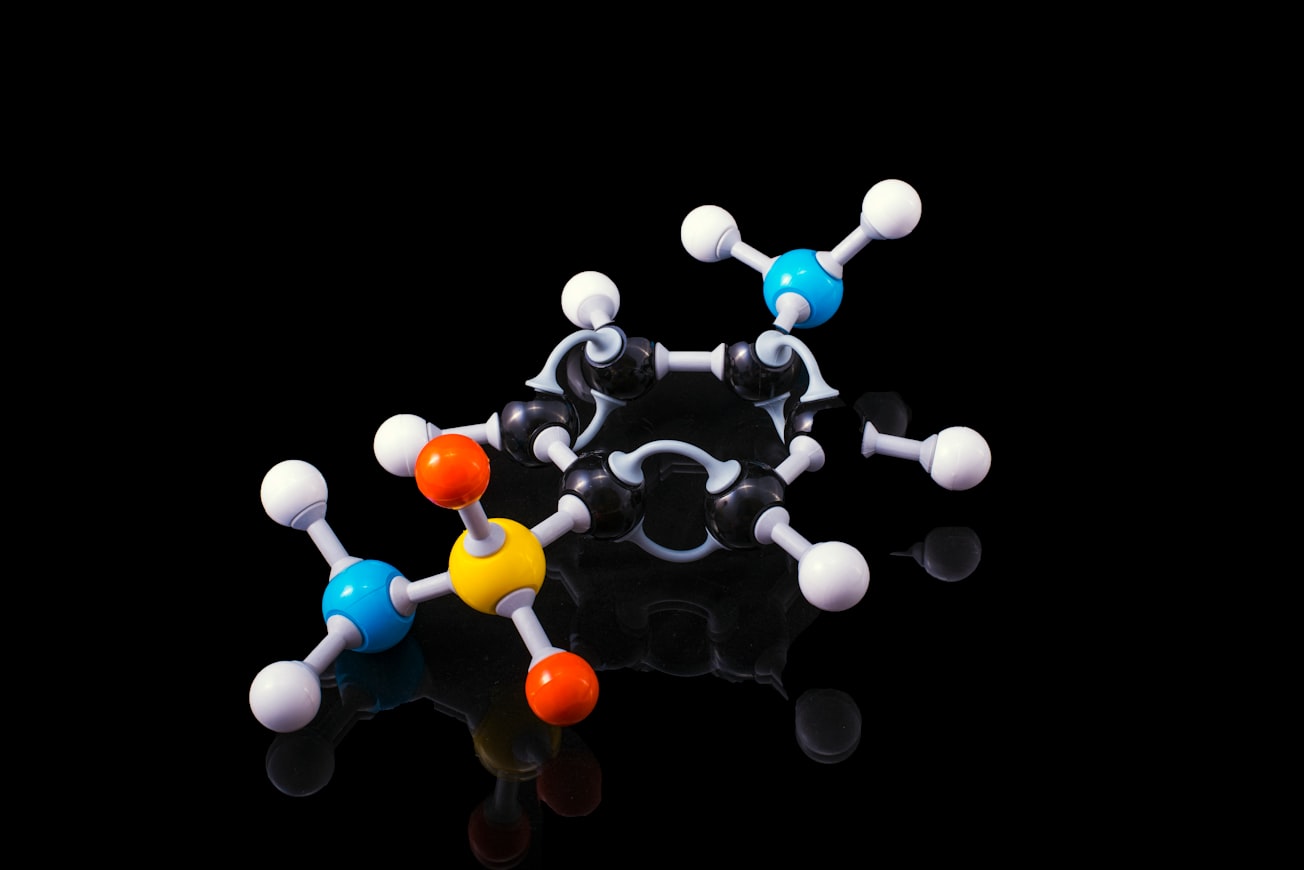What is it about?
ψ-Graphene is a new metallic allotrope of planar Carbon (GR) with sp2 hybridization composed of 5–6-7 C rings obtained of the unit cell composed of 5–6-5 C rings. Due to its unique structure and metallicity, ψ-GR exhibits a low diffusion energy barrier and high storage capacity for Li ions. The metallicity of ψ-GR limits its applications in electronics and optoelectronics. So, we investigate the tuning transport properties of 1D and 2D ψ-Graphene for application in electronic devices.
Featured Image

Photo by Terry Vlisidis on Unsplash
Why is it important?
In this work, we built two equivalent molecular devices via DFT/NEGF replicating the 2D and 1D ψ-Graphene unit cell composed by C12 and C24H6. Our results exhibit that the hydrogenation at the edge for 1D ψ-Graphene makes energetically stable, more structurally stable and reduces driving on device signature between 0 V and 0.25 V (Switching) and 0.25 V-0.5 V (resonant tunnel diode - RTD) while the 2D device has RTD signature. The density of states and transmission eingenchannels confirm metallic behavior and semiconductor–metal transition for two devices. The negative differential resistance (NDR) is identified in the two devices by transition voltage spectroscopy. Our discoveries make the 1D ψ-Graphene highly promising in nanoelectronics applications for tuning transport properties.
Perspectives
Writing this article was a great pleasure as it has co-authors with whom I have had long standing collaborations. This article also lead to rare molecular electronics groups contacting me and ultimately to a greater involvement in nanoelectronic research. I hope to finalize this investigation with perspectives in the optics and magnetics properties of 1D and 2D ψ-Graphene and its applications.
Prof. Dr. Carlos Alberto Brito da Silva Jr.
Universidade Federal do Para
Read the Original
This page is a summary of: Tuning transport properties for 1D and 2D ψ-Graphene, Materials Letters, April 2022, Elsevier,
DOI: 10.1016/j.matlet.2022.131776.
You can read the full text:
Resources
Contributors
The following have contributed to this page







